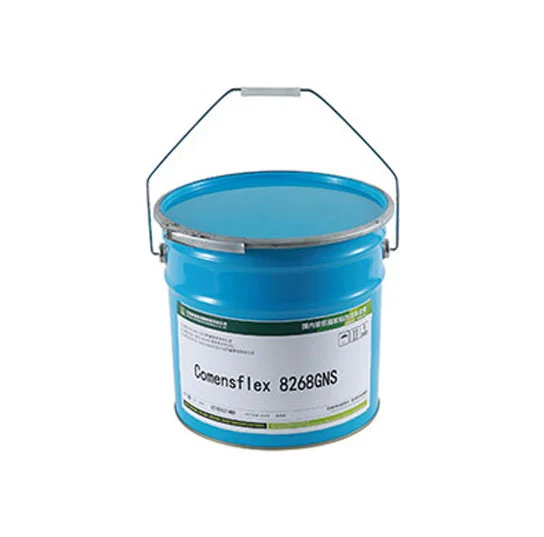Polyurethane sealant adhesive plays a crucial role in various construction and manufacturing applications, offering excellent sealing performance and durability. To ensure the best results and longevity of polyurethane sealant adhesive applications, adhering to best practices is essential. In this article, we delve into valuable guidance on using polyurethane sealant adhesive, including application tips for optimal performance, maintenance and inspection guidelines, and safe disposal procedures.

Surface Preparation
Thoroughly clean and prepare the surface to be sealed. Remove all dirt, dust, grease, and loose particles that might hinder adhesion. Ensure the surface is dry and free of moisture, as high humidity can affect the curing process.
Selection of Suitable Sealant
Choose the appropriate polyurethane sealant adhesive formulation based on specific application and environmental conditions. Consider factors such as temperature range, UV exposure, and chemical exposure when making your selection.
Promote Adhesion
Use a primer to enhance adhesion if necessary, especially on substrates with lower compatibility with polyurethane sealant adhesive. Correct primer selection can significantly improve the performance of the sealant.
Application Technique
Use the recommended equipment and techniques to apply two part polyurethane adhesive. Ensure a uniform and continuous seal along joints or gaps. Pay close attention to the sealant's handling to form a smooth and well-adhered surface.
Curing Time
Follow the China adhesive manufacturers instructions regarding curing time. Avoid exposing the sealant to moisture during curing. Protect the application from rain, dust, and debris until the sealant is fully cured.
Joint Design
Pay attention to joint design and geometry. Proper joint size and preparation can prevent the sealant from being subjected to excessive stress and extend its service life.
Regular Inspections
Conduct regular inspections of the sealed areas for any signs of damage, wear, or deterioration. Address issues promptly to prevent water or air leakage.
Cleaning
Clean the sealed surface as needed to remove dirt and contaminants that may impair the sealant's performance. Follow recommended cleaning methods to avoid damaging the sealant.
Reapplication
If inspections reveal damage or deterioration of the sealant, consider reapplying it. Prepare the surface appropriately before applying new sealant to ensure a strong bond.
When handling usedpolyurethane sealant containers and waste, follow these guidelines:
Check Local Regulations
Verify local regulations and guidelines regarding the disposal of construction sealants. Some areas may have specific disposal requirements.
Empty Containers
Empty sealant containers can be recycled, but ensure they are thoroughly cleaned before recycling. Dispose of them according to local recycling programs.
Unused Sealant
If you have unusedsealant, consider donating it to community projects or organizations, or store it properly for future use.
Cured Sealant
Fully cured polyurethane sealant adhesive is typically considered non-hazardous waste and can be discarded in standard trash bins. Consult local waste management agencies for any specific disposal recommendations.
By following these best practices, you can maximize the performance and lifespan ofpolyurethane sealant applications while ensuring safe and responsible disposal of sealant waste.
Hot Topics You May Be Interested In: